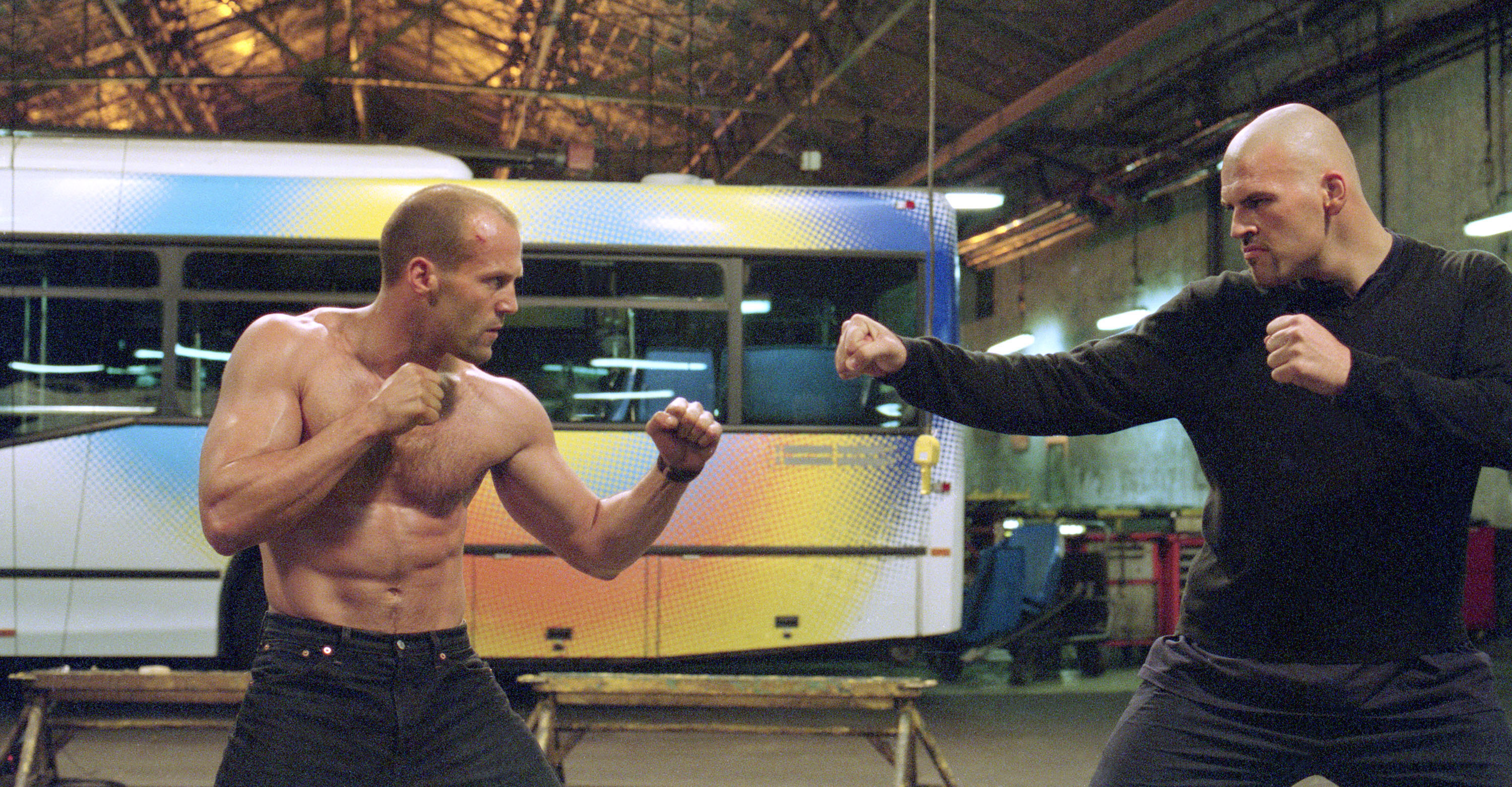

This is a thesaurus of active verbs with which the actor can refine the action- word until she or her hits exactly the right one to help make the action come alive. They cannot "act" adjectives, they need verbs they need an aim to achieve, an action to perform. 'Cyborg,' 'Kickboxer,' 'Double Impact,' 'Universal Soldier' and, of course. 'If you want to act, or act better, Actions will take you a long way on the journey to excellence' Terry Johnson Actors need actions. From the late 1980s and through the 1990s, Van Damme, along with Steve Seagal, were staples of Hollywood action films. The method of 'actioning' is widely used in rehearsal rooms, but has never before been set down in a systematic and comprehensive way. Using this thesaurus of active verbs, the actor can refine the action word until s/he hits exactly the right one to help make the action come alive.
#Actions for actors series#
Finding the right action is an essential part of the process of preparation for the actor. Here you begin to make a series of choices that reveal the many layers and levels that influence how the character does his or her actions. A vital companion for actors in rehearsal a thesaurus of action words to revitalise performance, with a foreword by Terry Johnson. Move actor to position (100, 200) in 1.5 seconds with elastic interpolation: Tween.to(actor, ActorAccesor.POSITION_XY, 1.5f)Ĭreate a complex sequence of animations: Timeline.Book Description Paperback. In the render method: tweenManager.update(()) In the create method: tweenManager = new TweenManager() In your Game class declare the TweenManager public static TweenManager tweenManager strikes and reactions: slaps, punches, elbows, knees, kicks, and blocking. You can save the time and grab the one I was using from here.ģ. Build a foundation of frequently requested action oriented skills, learn basic on set safety protocols and practices, and make yourself a more capable, marketable actor Skills Covered: personal and partner safety for action sequences. and it makes reading complex animations a walk in the park because all commands can be chained. You should give Universal Tween Engine a try. To actually execute all actions defined for actors on stage, you have to call stage.act(.) in your render method: stage.act(()) When you have your action with interpolator ready, then you set that action to your actor: actor.action(yourAction) To set interpolator to your action: tInterpolator(AccelerateDecelerateInterpolator.$()) A vital, easy-to-use tool for actors that will revolutionise how you rehearse. This allows the basic animation effects (alpha, scale, translate, rotate) to be accelerated, decelerated etc.

Interpolator Javadoc: An interpolator defines the rate of change of an animation. RotateTo.$(90, 0.5f), //rotate actor to 90°įadeOut.$(0.5f), //fade out actor (change alpha to 0)Īnimation actions also let you specify Interpolator. RotateTo rotate = RotateTo.$(60, 0.5f) //rotate Actor to angle 60 in 0.5 sĮxample of creating more complex action sequence: Sequence sequence = Sequence.$(

RotateBy - rotates your actor by specific angle Arts & Entertainment 11 Articulation Exercises for Actors: Practice Breath Control and Tongue Twisters.MoveTo - moves your actor to specific location.MoveBy - moves your actor by specific amount.FadeTo - changes alpha of your actor from actor's current alpha to specific value.FadeOut - changes alpha of your actor from actor's current alpha to 0.FadeIn - changes alpha of your actor from actor's current alpha to 1.I would say that there are 3 kinds of actions:Īnimation actions modify various properties of your actor, such as location, rotation, scale and alpha. A more direct way of answering this would be: an actor, while acting, thinks about how the other person is affecting them. There are various available actions in LibGDX ready for you. For up to date documentation see scene2d wiki page. This answer is being rendered obsolete because of changes in LibGDX.


 0 kommentar(er)
0 kommentar(er)
